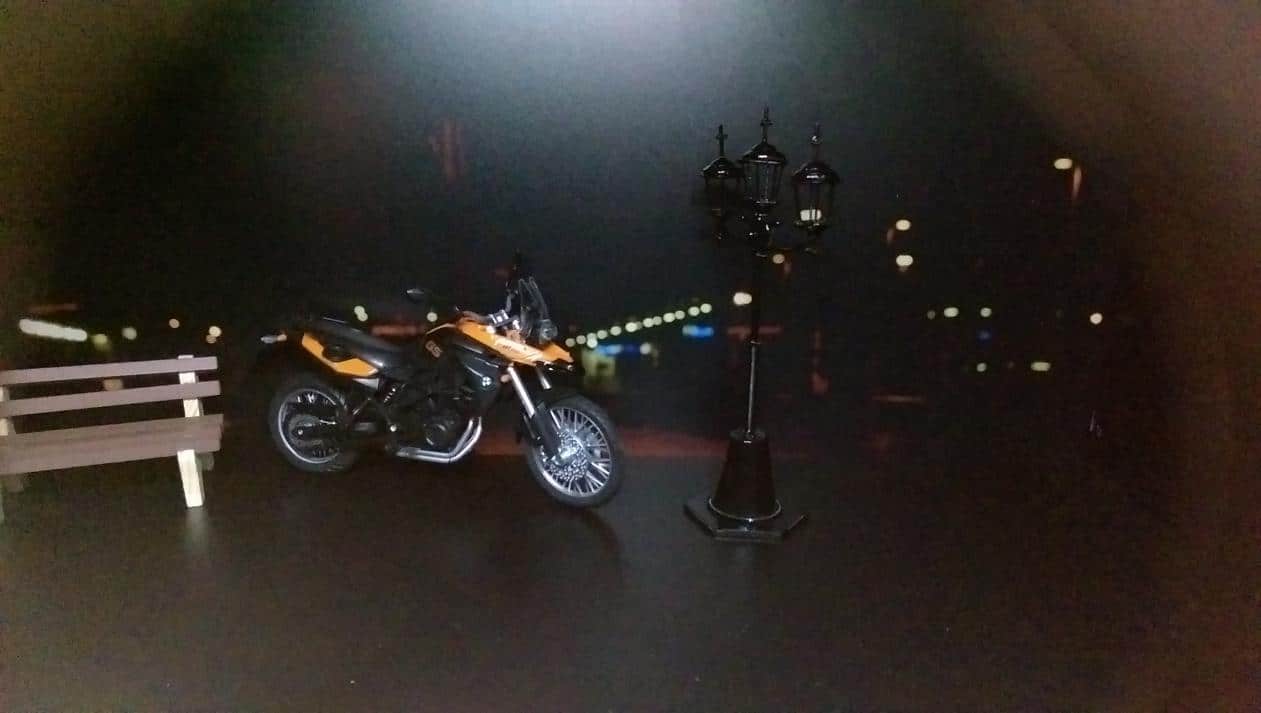The ideal lighting in each photo session is one of the greatest wishes of all photographers. Can you imagine not having to worry about artificial lights and photographic equipment when clicking the camera? However, this almost never happens and the lighting is generally lower than Amateur photographers, in these situations, use the flash to compensate for the lack of ambient light, in some cases the flash does not damage the image and can even generate interesting results, but in most cases the opposite is the case, and flashes are not recommended. Also, are there any cases of prohibition of the use of flash, as in theaters and museums? they have very dim lighting. So how do we solve this problem? The photographer has resources at hand that can be used to replace the lack of light and flash. They will depend on the amount of light in the location. Some examples are ISO, use of a tripod, and specific types of lenses.
Regardless of the cases in which the camera flash is prohibited, there are certain situations in which the use of the flash can make the image too dark, or even prevent the photographer from achieving the expected objective with a certain photograph. An example is foggy night photography: without flash, the mysterious look is easily achieved, with flash this air is lost. For photos with multiple objects and elements, the flash can flatten the elements in the foreground and hide those in the background. Another type of photo that does not match the flash is the landscape photo. This feature only works when the main subject to be recorded is in the foreground and everything else is not so important in the image, because the flash illuminates everything in front and darkens everything. what’s in the background. This is because the flash range, although it doesn’t seem like it, is very short. When using this lighting function, the aperture and speed controls are set to a very bright environment, since the camera understands that the flash can illuminate the whole place? when what happens is the opposite.
- One risk that the photographer runs when not using the flash is to shake the camera and therefore the photo.
- Since the exposure time is longer when there is no lighting.
- The minimum shutter speed for a clear image is approximately 1/30 of a second.
- To avoid this.
- There are alternatives.
- Meet three of them:.
In order to photograph in low light and without a flash, it is essential that the photographer uses a bracket to hold the camera. The professional equipment is the tripod and monopod, but you can use something more improvised, any flat and firm surface. you do not have any of these options, the way is to hold the camera firmly preventing it from moving. To do this, instead of holding the camera with your arms extended, keep them close to your body and rest your elbows on your waist. legs slightly open to promote balance. It’s even better if you have a wall to lean on.
ISO is a tool for professional cameras that adjusts the sensitivity of the equipment’s sensor to external light. In dark environments, it is ideal to use a higher ISO sensitivity, as this can reduce the shooting time of the camera, since the higher the ISO value, the more light the sensor captures. However, photographers do not always use this feature because the more sensitive the sense becomes to light, the more loss of image quality occurs. Darker areas of the image may appear grainy.
The more open the device’s diaphragm is, the more light passes through it and the less time it takes. Therefore, the firing speed can be faster. Normal lenses, built into cameras, do not allow a large aperture, so it is sometimes necessary to buy specific lenses. Aperture setting is measured in “F” numbers – the smaller the number, the larger the maximum aperture. So is an f / 1. 8 lens considered clearer? than an f / 3. 5 lens, because its maximum aperture is larger. An 18-55mm lens set, normally supplied with DSLR cameras, has an aperture between f / 3. 5 and f / 5. 6 and is not considered a clear lens. To buy a photographic lens with a larger maximum aperture, you need to study the budget and lens you have with your equipment, as the larger the maximum aperture, the more expensive the lens is. With a lens with a larger aperture, which is considered better for low-light photography, the performance of photographic work can be higher, giving the photographer more benefits. That is why, despite the more expensive prisoner, the investment can be advantageous and generate better production results. In compact cameras it is not possible to change the lens, but in some models it is still possible to adjust the aperture of the diaphragm. In low light situations, use this manual setting.

